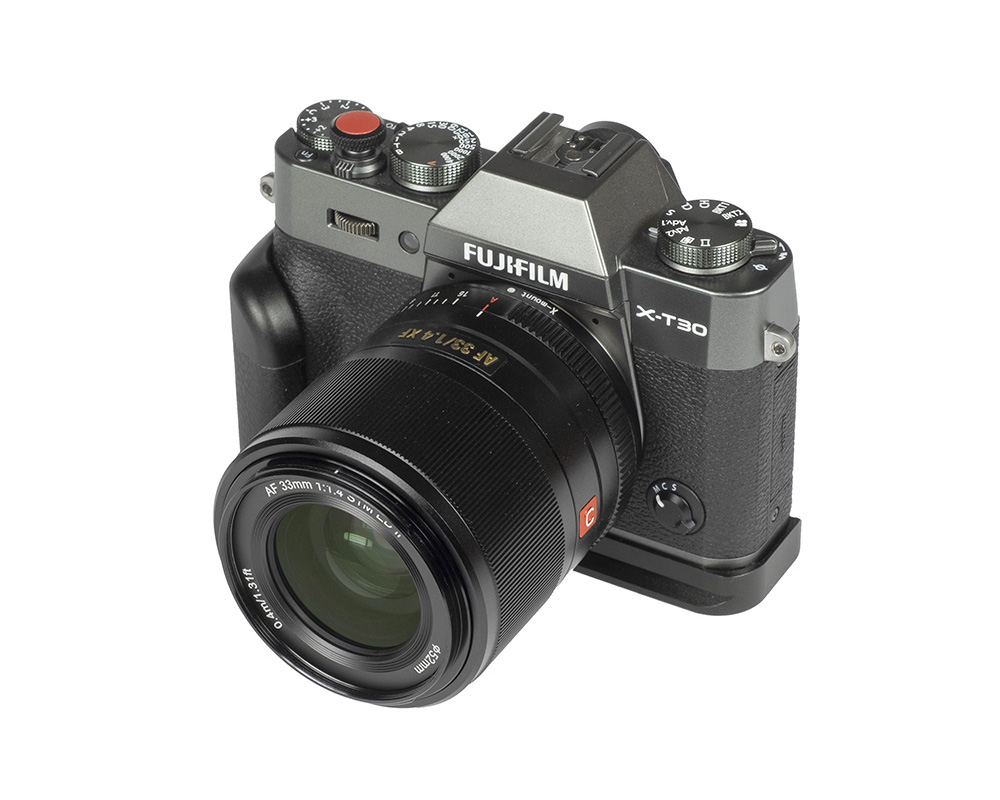Introduction
In our previous review, we discussed the Viltrox AF 23mm f/1.4 XF, a good quality, affordable lens – and it has an in-house cousin, the Viltrox AF 33mm f/1.4 XF. If it wasn’t for the specs printed on the lens barrel, the two would be almost indistinguishable. However, their scope is, of course, different. While the 23mm f/1.4 is a moderate wide-angle prime lens, the 33mm f/1.4 is a standard lens. In terms of speed, it competes against the old Fujinon XF 35mm f/1.4 R although the newer XF 35mm f/2 R WR is certainly also on its radar. The Viltrox lens is undercutting the price tag of both Fujifilm lenses by quite a margin so if you are on a budget you will be interested to hear that it is available for less than $280.
Given the similarities with the AF 23mm f/1.4 XF, we can pretty much repeat our summary about the build aspects here. So while you may think that the very affordable pricing has an impact on the build quality but this is not the case. It doesn’t feature weather-sealing but the overall quality is actually very good indeed. Most of the lens is made of metal including the large focus ring. It also features a dedicated, step-less aperture ring (plastic here). This may not be ideal for photography purposes at least but it’s not really an issue in our book. You can, of course, also control the aperture via the camera when setting the aperture ring to A-mode. The length of the lens remains constants throughout the focus range. A petal-shaped lens hood – made of metal – is provided. The hood is slightly deeper than the variant of the 23mm to reflect the longer focal length.
Note: A word of caution for owners of Fujifilm X-Pro 3 cameras – the lens is currently not compatible with this camera because the lens release button on this camera interferes with the diameter of the lens.

The Viltrox lens uses a stepping motor for auto-focusing. It works fast and noiselessly. Manual focusing works, as usual, by wire and is about as good as on modern Fujifilm lenses. EXIF data is provided. On the downside, there is no built-in correction profile thus you have to rely on the raw optical capabilities of the lens in JPEG mode.
Distortion
As mentioned, Viltrox lenses don’t include a build-in correction profile thus you have to live with the raw optical performance. That is unless you take advantage of Viltrox’s correction profile (downloadable from the website) which they made available for Photoshop/Lightroom so far
Surprisingly, the distortions produced by the 33mm f/1.4 XF are a little higher compared to the 23mm f/1.4 XF. At 0.6% the pincushion-type distortions aren’t dramatic but they can be noticeable in critical scenes. The distortions are fully corrected when using the photoshop profile.
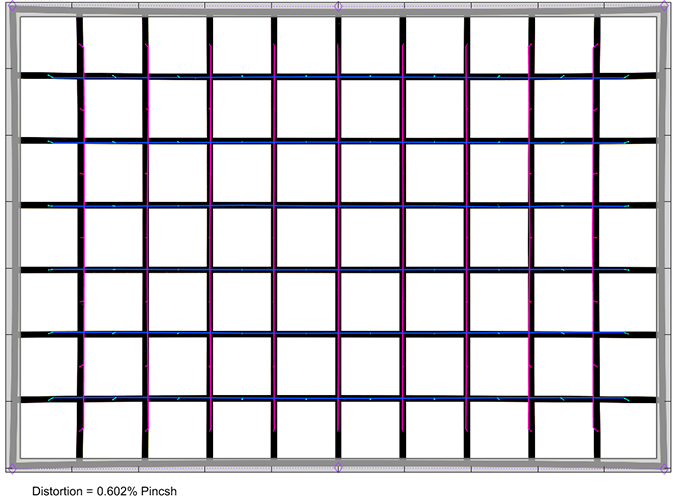
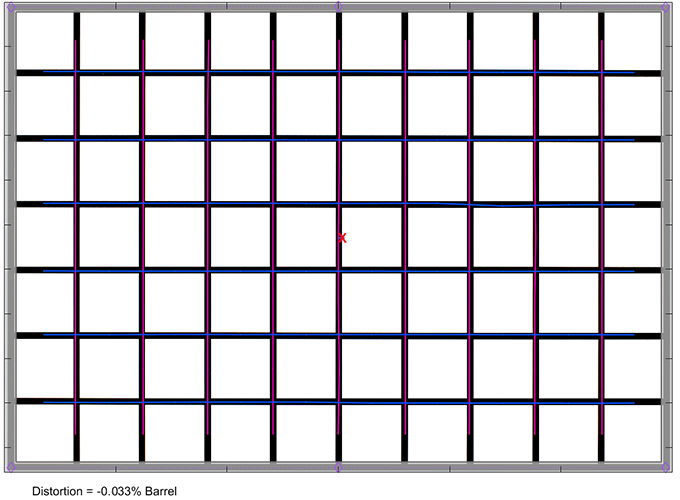
Vignetting
The vignetting characteristic of the Viltrox lens is roughly in line with other high-speed lenses. At f/1.4, there’s a pronounced light falloff of 0.9EV (f-stops). However, keep in mind that this is still a far cry from what we can see on full format cameras where similar lenses can have a light falloff over 2EV (exposure values). As usual, stopping down to f/2 helps a lot but if you are holy about vignetting reduction you may prefer f/2.8 and beyond.
If you apply the Viltrox correction profile in Photoshop, the vignetting is basically fully compensated. In fact, it almost looks like that center is darker than the corner thereafter (Imatest probably doesn’t show “negative” vignetting numbers here).

MTF (resolution)
The Viltrox AF 33mm f/1.4 XF has two souls when it comes to resolution. The center quality is perfectly fine at large-aperture settings but the outer image field is, unfortunately, soft. The contrast level is also somewhat reduced.
The quality increases substantially at f/2.8 including a lift in contrast. The broader center is very good to excellent and the borders/corners make it to fair levels here. Stopping down further doesn’t increase the center performance but the outer image field continues to improve till reaching a good to very good peak quality around the f/5.6 mark. Diffraction is having an impact at f/8 but it only affects the center whereas the border/corner quality is maintained. f/11 sees a global decrease in resolution due to diffraction but that’s just physics.
The field curvature is marginal. The centering quality of the tested sample was Okay.
Please note that the MTF results are not directly comparable across the different systems!
Below is a simplified summary of the formal findings. The chart shows line widths per picture height (LW/PH) which can be taken as a measure for sharpness. If you want to know more about the MTF50 figures you may check out the corresponding Imatest Explanations

Chromatic Aberrations (CAs)
Lateral CA (color shadows at the image borders) are well controlled with an average pixel width peaking at just over 1px mark at the image borders at f/1.4. The CAs decrease slightly when stopping down.

Bokeh
Sharpness etc. is one thing but if you invest in such a fast lens, you are usually more interested in shallow depth-of-field photography and the rendering of the bokeh – the out-of-focus blur. And the Viltrox lens is quite good at this.
Out-of-focus highlights are beautifully rendered (“feathered bokeh”) in the image center with no outlining and a very smooth inner zone. A more edgy aperture shape is already visible at f/2 – if you look closely – and it’s getting more obvious from f/2.8 onward.

The images below illustrate the deterioration of the out-of-focus highlights towards the image corners. The circular shape is kept across a quite broad image field but you can clearly spot the more ellipsoid shape in the corners. In the grand scheme of things, this is still better than average for such a fast lens though. The corner highlight shape improves quite a bit when taking shots at f/2.8 as you may notice below.

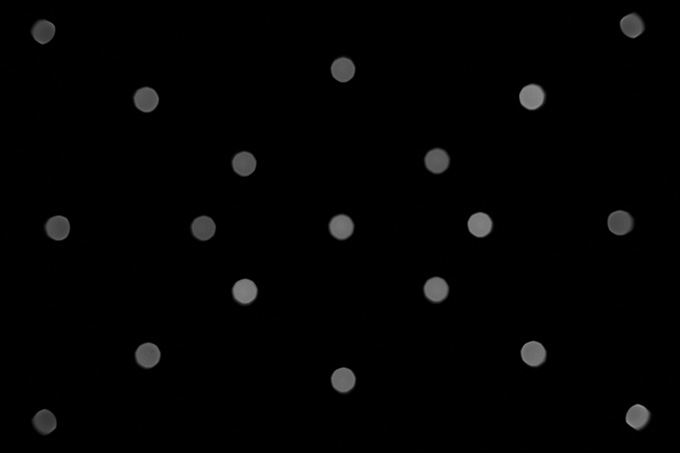
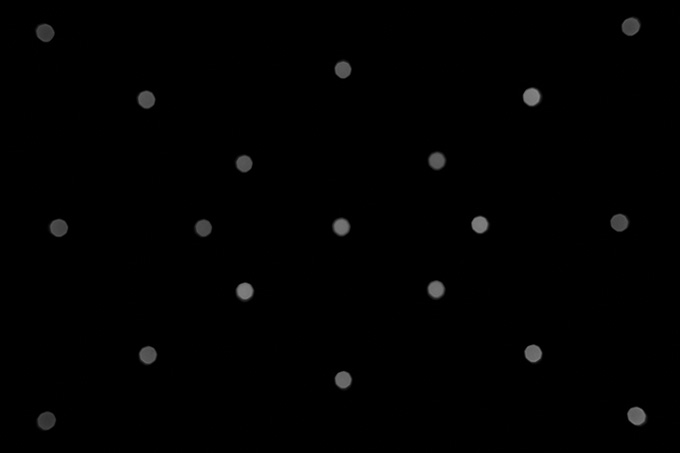
The general rendition in the focus transition zones is generally good with a few harder edge transitions in the image background (crop to the left below) whereas the foreground (to the right) smooth.

Bokeh Fringing (LoCA)
Bokeh fringing – also referred to as LoCAs – is a color fringing effect on the Z-axis. It shows up as purplish halos in front of the in-focus zone and greenish beyond. The effect is visible at f/1.4 and f/2 and starts fading at f/2.8 – this is a typical behavior for a non-APO lens.
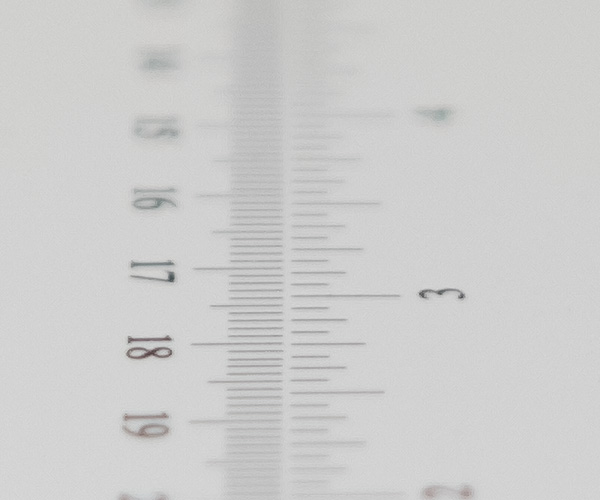
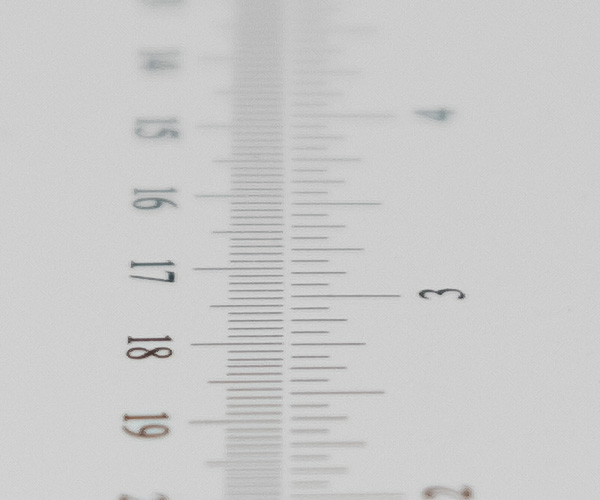

Sample Images
While we have focused on the individual strengths and weaknesses of the Viltrox AF 33mm f/1.4 XF in the previous chapters, the verdict has to be about context. And the context is that this is about a $280 lens costing less than half of the Fujinon XF 35mm f/1.4 R and this Fujinon is far from being flawless. The Viltrox lens actually shares many characteristics with this lens. In terms of resolution, it is quite sharp in the image center at f/1.4 and f/2 whereas the
outer image field is soft. Stopping down results in a gradual increase in quality reaching its peak at f/5.6. Images are sharp across the board at this setting although there's still some room for improvement here. Lateral CAs are low and nothing to worry about. If you are into architecture photography, you may spot a tad of pincushion distortion. There is also some vignetting when shooting at f/1.4 but it's not out of the ordinary really. The Viltrox lens doesn't feature a built-in correction profile so you have to live with this - unless you own Photoshop/Lightroom where you can take advantage of a downloadable profile from the Viltrox website. A positive aspect is the quality of the bokeh. It deteriorates somewhat in the far corners but generally, it is pleasing. This is especially true for the out-of-focus highlights.
As already mentioned in our previous reviews of Viltrox lenses, the mechanical quality is surprisingly high. Similar to its in-house cousins, the Viltrox AF 33mm f/1.4 XF is tightly assembled and most of the lens is made of metal including the lens hood. The AF is both speedy and noiseless - something that can't be said about the Fujinon XF 35mm f/1.4 R actually. Firmware upgrades are also possible. This can't be done via the camera but instead, you have to connect a USB cable to the USB port at the mount of the lens - which is perfectly fine, of course.
Overall, it may not the last word in terms of sharpness at large apertures but the Viltrox AF 33mm f/1.4 XF is a killer offering in terms of value and a serious alternative to the aging Fujinon XF 35mm f/1.4 R.
-
Build Quality
-
Price / Performance
-
Optical Quality


